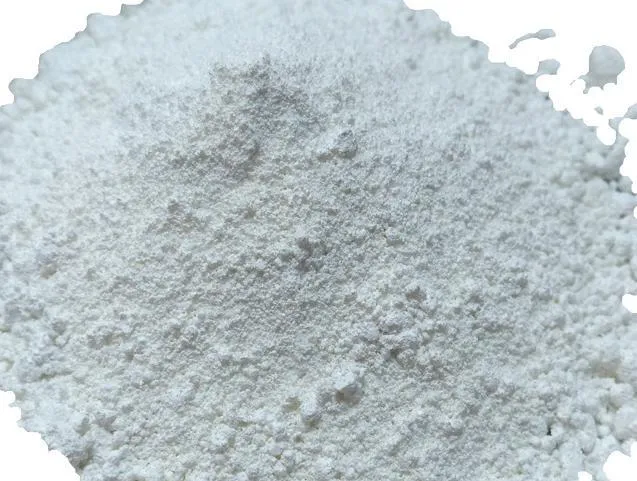Warning: Undefined array key "file" in /home/www/wwwroot/HTML/www.exportstart.com/wp-content/themes/1198/header.php on line 7
Warning: Undefined array key "title" in /home/www/wwwroot/HTML/www.exportstart.com/wp-content/themes/1198/header.php on line 7
Warning: Undefined array key "title" in /home/www/wwwroot/HTML/www.exportstart.com/wp-content/themes/1198/header.php on line 7
- Afrikaans
- Albanian
- Amharic
- Arabic
- Armenian
- Azerbaijani
- Basque
- Belarusian
- Bengali
- Bosnian
- Bulgarian
- Catalan
- Cebuano
- China
- China (Taiwan)
- Corsican
- Croatian
- Czech
- Danish
- Dutch
- English
- Esperanto
- Estonian
- Finnish
- French
- Frisian
- Galician
- Georgian
- German
- Greek
- Gujarati
- Haitian Creole
- hausa
- hawaiian
- Hebrew
- Hindi
- Miao
- Hungarian
- Icelandic
- igbo
- Indonesian
- irish
- Italian
- Japanese
- Javanese
- Kannada
- kazakh
- Khmer
- Rwandese
- Korean
- Kurdish
- Kyrgyz
- Lao
- Latin
- Latvian
- Lithuanian
- Luxembourgish
- Macedonian
- Malgashi
- Malay
- Malayalam
- Maltese
- Maori
- Marathi
- Mongolian
- Myanmar
- Nepali
- Norwegian
- Norwegian
- Occitan
- Pashto
- Persian
- Polish
- Portuguese
- Punjabi
- Romanian
- Russian
- Samoan
- Scottish Gaelic
- Serbian
- Sesotho
- Shona
- Sindhi
- Sinhala
- Slovak
- Slovenian
- Somali
- Spanish
- Sundanese
- Swahili
- Swedish
- Tagalog
- Tajik
- Tamil
- Tatar
- Telugu
- Thai
- Turkish
- Turkmen
- Ukrainian
- Urdu
- Uighur
- Uzbek
- Vietnamese
- Welsh
- Bantu
- Yiddish
- Yoruba
- Zulu
Août . 13, 2024 05:26 Back to list
Exploring the Impact of Aspartame in Various Sweeteners and Their Health Implications for Consumers
The Role of Aspartame in Sweeteners An Overview
Aspartame is one of the most widely used artificial sweeteners around the globe. Esteemed for its sugar-like sweetness and low-calorie profile, it has garnered significant attention within the food and beverage industry, particularly in products targeted at health-conscious consumers. This article delves into the properties of aspartame, its safety, its prevalence in sweeteners, and its impact on dietary choices.
The Role of Aspartame in Sweeteners An Overview
Despite its popularity, aspartame has been embroiled in controversy related to health concerns. Since its approval by the U.S. Food and Drug Administration (FDA) in 1981, various studies have been conducted to assess its safety. The consensus among regulatory agencies, including the FDA, the European Food Safety Authority (EFSA), and the World Health Organization (WHO), is that aspartame is safe for human consumption within established daily intake limits. However, the debate continues, with some groups claiming potential health risks ranging from headaches to more serious conditions.
sweeteners containing aspartame

One critical aspect of aspartame consumption is its specificity for individuals with phenylketonuria (PKU), a rare genetic disorder that impairs the body's ability to metabolize phenylalanine, one of aspartame's components. For these individuals, the ingestion of aspartame can lead to harmful levels of phenylalanine in the body. Consequently, products containing aspartame are required to carry warning labels, alerting consumers to its presence.
In terms of market presence, aspartame is a common ingredient in a wide array of sweeteners, ranging from tabletop sweeteners to sugar-free gum and low-calorie snacks. Several well-known brands have adopted aspartame due to its ability to mimic the taste profile of sugar without the associated calories. This incorporation into various products reflects a broader trend towards low-calorie and sugar-free options, spurred by increasing consumer awareness of health and wellness. As more individuals take a proactive approach to their dietary habits, the demand for alternatives to sugar has surged, solidifying aspartame's role in the sweetener market.
However, aspartame is not the only player. Other artificial sweeteners such as sucralose and saccharin, as well as natural alternatives like stevia and monk fruit extract, compete for market share. Each sweetener presents its own unique flavor profile, caloric value, and potential health implications, leading consumers to make informed choices based on personal preference and dietary needs.
In conclusion, aspartame remains a significant sweetening agent in a health-oriented landscape. While it has been scrutinized for safety, regulatory bodies continue to endorse its use within recommended limits. As part of a broader spectrum of sweeteners, aspartame provides a viable option for those seeking to reduce caloric intake while still enjoying sweet flavors. As consumers navigate their dietary choices, understanding the balance between taste, health benefits, and potential risks associated with artificial sweeteners like aspartame will be crucial in forming their eating patterns.
Latest news
-
2025 Brazil Sao Paulo Cosmetics Exhibition
NewsMay.20,2025
-
2025 European Fine Chemicals Exhibition in Germany
NewsMay.13,2025
-
2025 New York Cosmetics Ingredients Exhibition
NewsMay.07,2025
-
Zibo will host the 2025 International Chemical Expo
NewsApr.27,2025
-
2025 Yokohama Cosmetics Raw Materials and Technology Exhibition
NewsApr.22,2025
-
2025 India Mumbai Fine Chemicals Exhibition
NewsApr.18,2025

